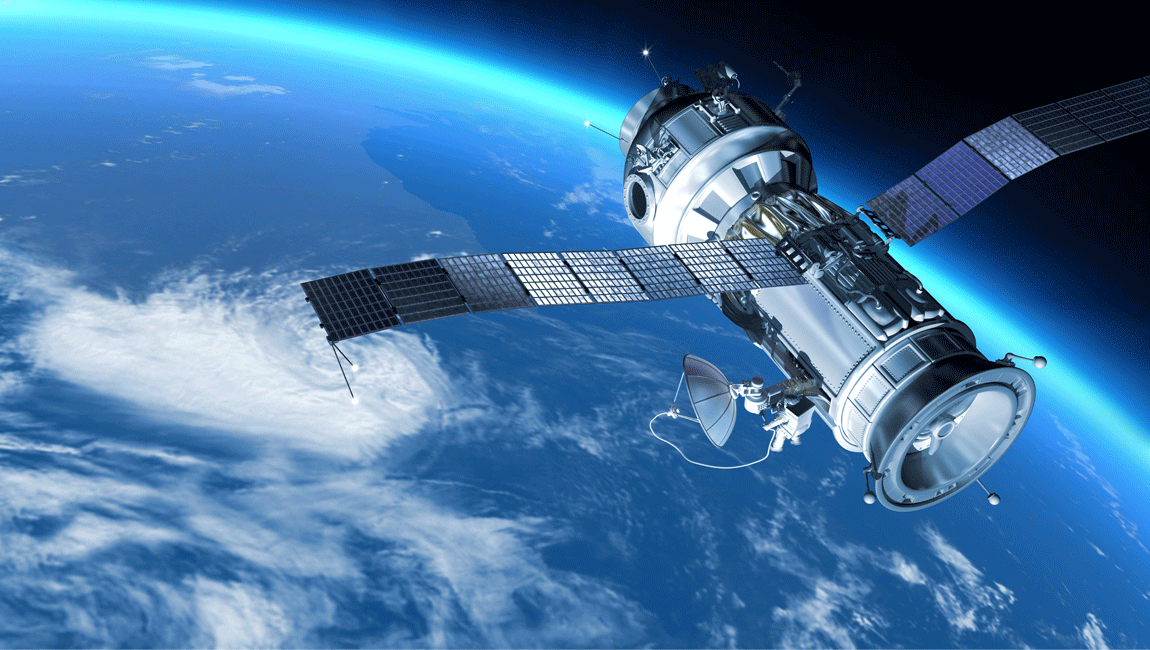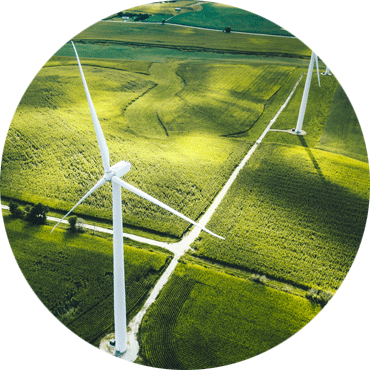The energy transition is crucial for our future
Renewable energy production is growing, and costs are falling. Smarter and more robust electricity grids will play a vital role in the energy transition.

Renewable energy production is growing, and costs are falling. Smarter and more robust electricity grids will play a vital role in the energy transition.

Never in history has an energy transition been attempted so quickly and under such dramatic conditions. What is an “energy transition?” The International Renewable Energy Agency, IRENA, defines it as “a pathway toward transformation of the global energy sector from fossil-based to zero-carbon by the second half of this century.”
Throughout history, societies have gradually transitioned away from one energy source – say, from wood to coal. Now in the space of just a few decades, countries across the world are working to replace fossil fuels with zero-carbon energy from clean sources like wind, solar and hydro to halt an unprecedented increase in temperature that major international scientific bodies have linked to carbon emissions from fossil fuels.

Slowing global warming is urgent because of its devasting impact on both nature and human beings. The impacts on nature are already visible and include rising sea levels, and extreme weather events like floods, droughts and brushfires. For human beings, the health consequences of higher temperatures in the future could be severe, and issues of food security and migration could have dramatic political consequences and even lead to civil unrest. The Intergovernmental Panel on Climate Change (IPCC), the United Nations body for assessing the science related to climate change, warns that global warming from pre-industrial levels must not exceed 1.5°C in order to avoid irreparable damage to the planet.
That’s why 196 countries joined together in 2015 with a pledge to slow global warming by cutting emissions and other steps by signing the Paris Agreement, the world’s first comprehensive climate change agreement. The goal is to hold the increase in the global average temperature to well below 2 °C above pre-industrial levels and to pursue efforts to limit the temperature increase to 1.5 °C. The EU is doing its part, with a commitment to reduce greenhouse gas emissions by at least 40% by 2030 compared to 1990, under its wider 2030 climate and energy framework. All key EU legislation for implementing this target was adopted by the end of 2018.
These goals cannot be met without achieving the energy transition. According to the IPCC, 25% of C02 emissions come from electricity and heat production. A further 24% come from agriculture, forestry and other land use. Industry accounts for 21%, and transportation 14%. About 60% of global greenhouse gas emissions are from fossil fuels.
The energy transition is already underway. It is currently taking place mainly in the power sector, where renewable energy now accounts for 26% of electricity generation worldwide. Global new windfarm installations grew 9.1% in 2018, according to the World Wind Energy Association. The cost of new solar and wind projects are undercutting the cost of existing coal-fired power plants, several studies have found. But the transition in transportation will likely be gradual and occur only in phases.
Despite the growing interest in renewable energy, managing the energy transition requires our generation to solve a complex problem at a time when energy demand is growing: substituting production from renewable sources when it is not available, and making backup capacities possible.
Smart grids play a crucial role in the energy transition. They smooth out peaks and troughs in production, avoiding power outages, and allow for flexibility of demand. Grids will also need to be more robust, enabling them to move renewable energy from where it is produced to where it is needed. Prysmian Group is helping Germany achieve its energy transition by building three separate underground cables linking the windfarms in the North Sea to cities and factories in Germany’s industrial south.
The energy transition is under way. But it is not moving fast enough. The world is not on track to meet the Paris Agreement targets, said REN21 in its annual Renewables Global Status report. “Global energy-related carbon dioxide (CO2) emissions grew an estimated 1.7% in 2018 due to increased fossil fuel consumption,” it said.

